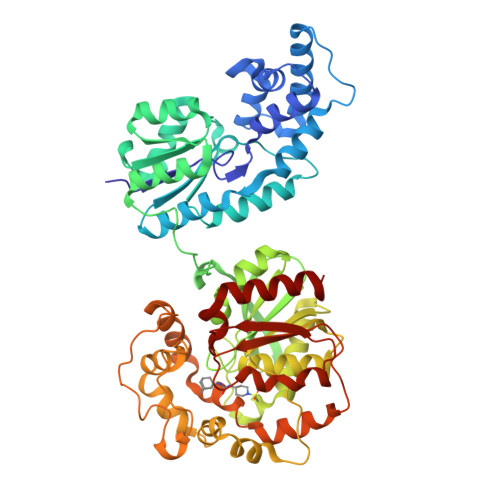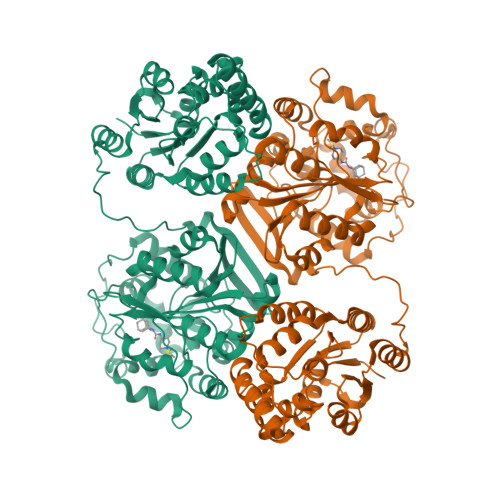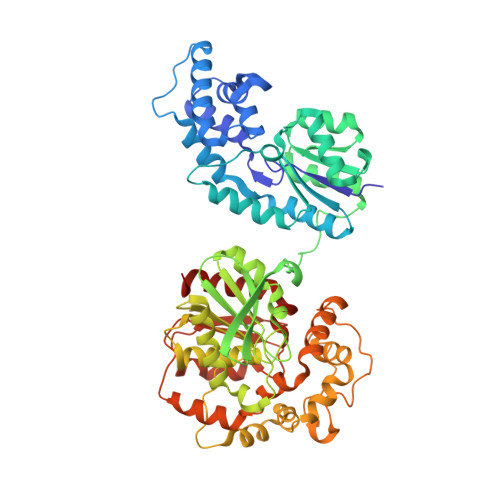Exploring serial crystallography for drug discovery.
Dunge, A., Phan, C., Uwangue, O., Bjelcic, M., Gunnarsson, J., Wehlander, G., Kack, H., Branden, G.(2024) IUCrJ 11: 831-842
- PubMed: 39072424
- DOI: https://doi.org/10.1107/S2052252524006134
- Primary Citation of Related Structures:
8QVF, 8QVG, 8QVH, 8QVK, 8QVL, 8QVM, 8QWG, 8QWI - PubMed Abstract:
Structure-based drug design is highly dependent on the availability of structures of the protein of interest in complex with lead compounds. Ideally, this information can be used to guide the chemical optimization of a compound into a pharmaceutical drug candidate. A limitation of the main structural method used today - conventional X-ray crystallography - is that it only provides structural information about the protein complex in its frozen state. Serial crystallography is a relatively new approach that offers the possibility to study protein structures at room temperature (RT). Here, we explore the use of serial crystallography to determine the structures of the pharmaceutical target, soluble epoxide hydrolase. We introduce a new method to screen for optimal microcrystallization conditions suitable for use in serial crystallography and present a number of RT ligand-bound structures of our target protein. From a comparison between the RT structural data and previously published cryo-temperature structures, we describe an example of a temperature-dependent difference in the ligand-binding mode and observe that flexible loops are better resolved at RT. Finally, we discuss the current limitations and potential future advances of serial crystallography for use within pharmaceutical drug discovery.
Organizational Affiliation:
Department of Chemistry and Molecular Biology, University of Gothenburg, Box 462, SE-405 30 Gothenburg, Sweden.



















